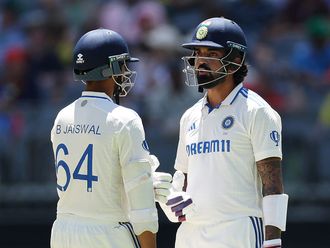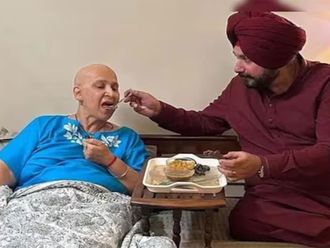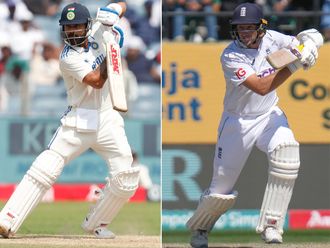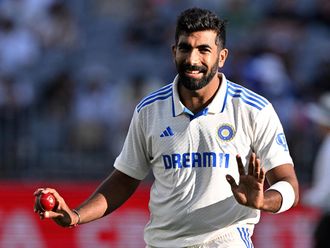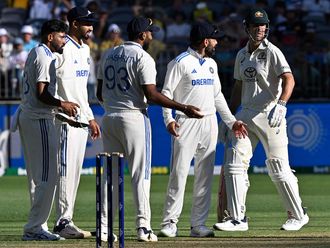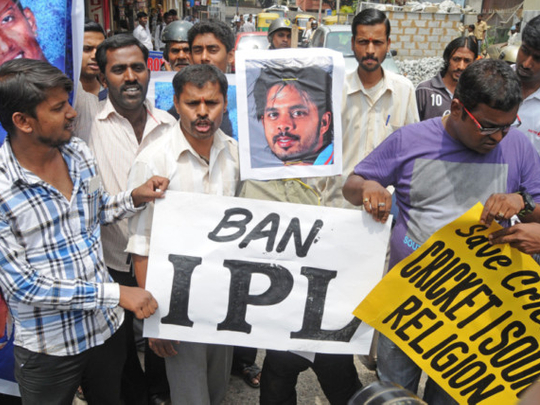
The cricket industry has reached its lowest point yet. But going by the responses so far of those who are in charge, it is unlikely that the bottom is anywhere in sight. For, there seems to be a lot more muck around.
The Indian Premier League (IPL) is undoubtedly the biggest business component of this industry, with the brand value of the 2013 edition being estimated at $3.03 billion. The value of IPL itself would be much higher.
As the numbers grow from one year to the next by staggering margins, there is another industry component that is outpacing this impressive growth: the business of fixing. The two have become so intertwined that it is difficult to say which one is controlling the other.
The Board of Control of Cricket in India (BCCI), the professed objective of which is the promotion of cricket, appears to be very upset, as is everyone else. But apparently, the board is more upset with the detection of the involvement of three players than the menace of fixing itself, which is accepted as a given.
But for the ugly turn of events, the BCCI would have loved to consider that nothing was amiss. At least, that is the impression that BCCI president N. Srinivasan — whose interest as the owner of one of the franchisees is in conflict with his responsibilities as the chief administrator of the game — gave as he addressed a news conference at the end of an ‘emergency’ meeting of the board to discuss the fixing fiasco.
Srinivasan, who indeed sounded sheepish when he referred to the problems of fixing and betting, lost no time in pointing out that these are issues beyond the control of BCCI. According to him, the board is helpless as it does not have the wherewithal to act against such instances.
The board has no policing powers and, therefore, it is up to the law enforcement authorities to take action. At the same time, the board will not hesitate to take action if wrong doing is proved, he says. Who doesn’t know the subtleties in difference between ‘not hesitating to take action’ and ‘taking action’?
Nothing can be more fallacious than the argument that the board cannot take any action because it has no powers. Suppose there was a theft in Srinivasan’s home.
Would he have waited till the local police stumbled upon some other crime, which incidentally linked the same people to the violation in his own house? This is exactly what happened with the spot-fixing episode involving the three players.
By Delhi Police’s own volition, they stumbled upon the crime when they were pursuing some other leads. Having suffered the worst public relations disaster in the wake of the mishandling of protests against the recent rape cases and other crimes in the national capital, Delhi Police grabbed it as a heaven-sent opportunity to engineer an U-turn in its credibility. By code-naming the operation as U-Turn, the Delhi Police actually gave away.
There is an issue about the locus standi of Delhi Police in controlling fixing and betting in Indian cricket. Considering that Delhi can by no stretch of imagination be considered the capital of Indian cricket, how can Delhi Police deal with offences committed in other parts of the country?
If Delhi Police, or any provincial police force for that matter, cannot deal with offences committed in other parts of the country, who would be responsible for this if it’s not the board?
The board’s argument that it has no control over the bookies also fails to cut ice. True, it may not have control over the bookies, but it has full control over the players.
And this is where the board’s approach appears diabolic. The board is aware as much as anyone else that the money power of the IPL in its current form draws it strength from a concoction of cricket with deceit, sleaze and debauchery where the underworld rules the roost. Sponsorships, endorsements, no-holds barred after-game parties are all integral to its success.
Cricket has turned from a gentleman’s game to a devil’s business. A board that is meant to promote such business can’t be any different.


